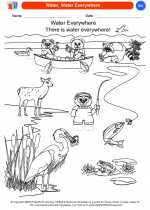Introduction to Minerals
Minerals are naturally occurring, inorganic substances with distinct chemical compositions and crystal structures. They are the building blocks of rocks and are found in the earth's crust. Minerals have a wide range of properties, including color, hardness, luster, and transparency, which make them valuable for various industrial and scientific purposes.
Key Concepts to Understand:
- Definition of minerals
- Characteristics of minerals
- Types of minerals
- Uses of minerals
Characteristics of Minerals:
Minerals have several defining characteristics:
- Naturally Occurring: Minerals are formed through natural geological processes.
- Inorganic: They are not formed by living organisms.
- Definite Chemical Composition: Each mineral has a specific chemical formula.
- Crystal Structure: Minerals are typically crystalline substances with orderly internal atomic arrangements.
- Physical Properties: Minerals have distinct physical properties, such as color, hardness, luster, and cleavage.
Types of Minerals:
Minerals are classified into several groups based on their chemical composition. Some common mineral groups include:
- Silicates: The largest and most diverse group of minerals, containing silicon and oxygen atoms.
- Carbonates: Minerals containing carbonate ions (CO3) and often formed in marine environments.
- Oxides: Minerals that are primarily composed of oxygen and one or more metal elements.
- Sulfides: Minerals containing sulfur combined with one or more metals.
- Sulfates: Minerals containing sulfate ions (SO4) and often formed in evaporite deposits.
Uses of Minerals:
Minerals have numerous practical uses in various industries and everyday life. Some common uses include:
- Construction materials (e.g., granite, limestone)
- Metal production (e.g., iron, copper, aluminum)
- Gemstones and jewelry (e.g., diamond, quartz, emerald)
- Abrasives and cutting tools (e.g., diamond, corundum)
- Fertilizers and soil amendments (e.g., gypsum, phosphate minerals)
Study Guide:
To better understand minerals, consider the following study topics:
- Research and identify five common minerals and their uses.
- Compare and contrast the physical properties of two different minerals.
- Investigate the formation processes of one specific type of mineral group.
- Explore the environmental impacts of mining and extracting minerals.
By exploring these topics, you can gain a deeper understanding of the importance and diversity of minerals in our world.
[Mineral] Related Worksheets and Study Guides:
.◂Science Worksheets and Study Guides Kindergarten. Our Earth
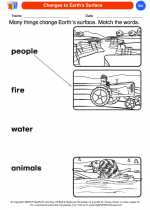
 Coloring Worksheet
Coloring Worksheet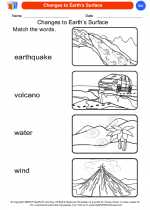
 Coloring Worksheet
Coloring Worksheet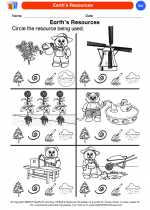
 Coloring Worksheet
Coloring Worksheet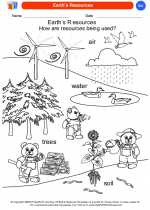
 Coloring Worksheet
Coloring Worksheet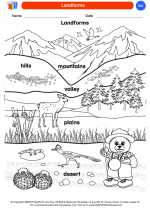
 Coloring Worksheet
Coloring Worksheet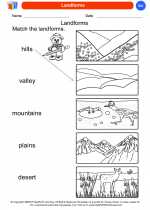
 Coloring Worksheet
Coloring Worksheet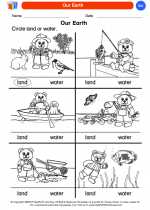
 Coloring Worksheet
Coloring Worksheet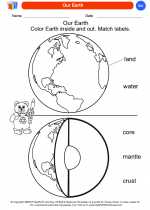
 Coloring Worksheet
Coloring Worksheet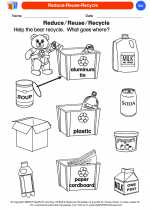
 Coloring Worksheet
Coloring Worksheet
 Coloring Worksheet
Coloring Worksheet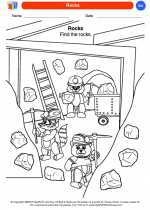
 Coloring Worksheet
Coloring Worksheet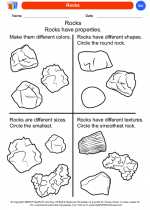
 Coloring Worksheet
Coloring Worksheet
 Coloring Worksheet
Coloring Worksheet
 Coloring Worksheet
Coloring Worksheet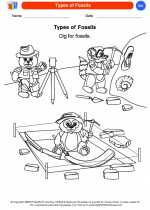
 Coloring Worksheet
Coloring Worksheet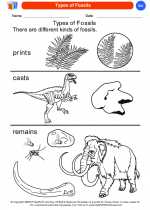
 Coloring Worksheet
Coloring Worksheet
 Coloring Worksheet
Coloring Worksheet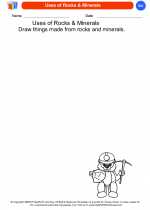
 Coloring Worksheet
Coloring Worksheet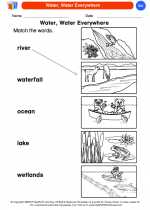
 Coloring Worksheet
Coloring Worksheet